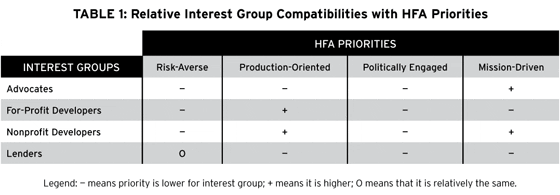Now OCCORD — made up of 22 organizations from around Orange County — along with the Kennedy Commission, have returned to a fight they had been focused on before the Disney conflict began.
Disney, an entertainment company that reported a net income of $4.7 billion in 2007, is no longer central to the new struggle. This one involves the Los Angeles Angels of Anaheim, a Major League Baseball franchise valued at $368 million, with a stadium on leased city land in the heart of the Platinum Triangle, where various developers have acquired tracts for mixed-use development.
The area was no big dollar deal until 2004, when the Anaheim City Council re-zoned the industrial area surrounding Angels Stadium and the Honda Center entertainment arena. What had been a grey asphalt dead zone indeed went platinum after the council voted to allow greater density, thus making it possible to profitably develop condos, lofts, and office towers.
Land values shot up to as much as $5 million an acre as developers snatched up the land. In December 2007, the council increased an already staggering density standard in the Platinum Triangle, jumping the amount of office space to 7.2 million square feet.
Residential unit allowance doubled to around 18,000 — not a stick of it designated affordable. The Kennedy Commission’s Covarrubias believes the city could have extracted some affordable housing from the deal if they had leaned on the developers a little. State law allows for density bonuses — if a developer wants to build 34 units on a parcel zoned for 30, the city can leverage affordable units, he says. “Some cities say ‘If we’re going to give you density, we should get something in return.’ “
San Diego and Los Angeles activists have made the density bonus law work, but in Anaheim, Covarrubias says, “we’re just going to give you the upzoning,” largely because, he adds, affordable-housing advocates on the five-member Anaheim City Council saw that Mayor Pringle, a tireless champion of the Platinum Triangle development, had the votes to push it through without conditions.
The San Diego-based Citizens for Responsible Equitable Environmental Development recently challenged the Platinum Triangle expansion in court because the city’s Environmental Impact Report shows a lack of transportation infrastructure and a dearth of workforce housing. But the hour is late for community advocates to enter the debate. OCCORD wasn’t even formed when the Platinum Triangle development first picked up speed. The Kennedy Commission, with its small staff, was at the time busy winning an affordable-housing ordinance in Anaheim that offers incentives to developers who agree to set aside from 10 to 20 percent of their new units for renters living at or below 50 percent of the area’s median income.
But OCCORD and its allies have found a strategic opening in the Platinum Triangle, homing in on a 51.4-acre, city-owned parcel where the planning for a new development is still in progress. This particular expanse is owned by the city, allowing for more public input than a private development, thereby, advocates say, letting the public engage in a discussion for on-site affordable housing, open space, child care, and schools for the employees’ children. OCCORD is also advocating for decent pay and career ladders for jobs created within the Triangle.
Altman, OCCORD’s director, says the city’s environmental impact report shows the majority of jobs generated by Platinum Triangle development to be low-wage — janitors, office workers, food-service clerks — unless standards are imposed. So OCCORD’s goal is to incorporate their constellation of standards into a contract with the city called a community benefits agreement, or CBA.
Labor-community coalitions similar to OCCORD have developed around the country, networked through the national Partnership for Working Families. Affiliated groups in Minnesota and Pittsburgh have used the CBA model to increase affordable housing in those areas.




Comments